LYNGSO DRM401 Introduction
I. Product Overview
The LYNGSO DRM401 is a high – performance data acquisition and control module meticulously designed for industrial automation and marine monitoring systems. Engineered by LYNGSO MARINE, a company renowned for its profound technical expertise and extensive experience in the fields of marine electronics and industrial control systems, this module serves as a crucial component in complex control setups. It is responsible for efficiently gathering data from various sensors, performing accurate data processing and analysis, and outputting precise control commands to ensure the seamless operation of connected systems.
In marine monitoring systems, the DRM401 plays a pivotal role. It continuously collects data from an array of sensors distributed across different parts of the vessel, such as those monitoring engine performance (including parameters like temperature, pressure, and rotational speed), environmental conditions (humidity, air quality), and navigation – related data. By rapidly processing this data, it enables real – time monitoring of the ship’s status. In case of any anomalies, it can quickly trigger alarms and provide valuable information for ship operators to make informed decisions, thus safeguarding the safety and reliability of the ship during voyages.
In industrial automation scenarios, the DRM401 is equally indispensable. In manufacturing plants, it interfaces with a wide range of sensors on the production line, such as those detecting the position of components, the quality of products in – progress, and the operating conditions of machinery. Based on the data collected, it can execute control algorithms to adjust the speed of conveyors, the operation of robotic arms, and the activation of various production – related devices. This ensures that the production process adheres to the set standards, improves production efficiency, and enhances product quality. In smart factory environments, it also contributes to the overall optimization of the manufacturing process by communicating with other intelligent systems and enabling data – driven decision – making.
The DRM401 is designed with a modular structure, which not only simplifies its integration into existing industrial and marine systems but also allows for easy expansion and customization. Its compact form factor and standardized interfaces make it highly adaptable to different system architectures, reducing the complexity and cost of system integration. Whether it is retrofitted into an old – fashioned industrial control system or incorporated into a newly – designed, state – of – the – art marine monitoring network, the DRM401 can be seamlessly integrated to meet the specific requirements of the application.
II. Product Technical Parameters
(I) Electrical Parameters
- Power Supply: The DRM401 operates on a standard +24 VDC power supply, which is widely used in both industrial and marine applications. This power supply voltage provides a stable and reliable source of energy for the module, ensuring its continuous and stable operation even in harsh and variable working conditions. The power input circuitry is designed with advanced filtering and voltage regulation mechanisms to protect the module from voltage fluctuations and electrical noise, guaranteeing the integrity of the power supply.
- Data Acquisition Rate: Equipped with high – speed data acquisition channels, the DRM401 can achieve an extremely fast data acquisition rate. It is capable of sampling data from multiple sensors simultaneously at a rate that can reach up to [X] samples per second, depending on the specific configuration. This high – speed data acquisition capability allows it to capture real – time changes in the monitored parameters accurately, providing timely data for subsequent processing and control actions. For example, in applications where rapid changes in sensor data need to be detected, such as in high – speed manufacturing processes or in response to sudden environmental changes on a ship, the DRM401 can quickly acquire and transmit the relevant data.
- Data Processing Power: The module is powered by a high – performance microprocessor that offers substantial data processing power. It can perform complex arithmetic operations, logical analyses, and data filtering algorithms in real – time. For instance, when dealing with large volumes of sensor data, it can quickly calculate statistical values, perform signal conditioning, and identify patterns or trends in the data. This processing power enables it to transform raw sensor data into meaningful information that can be used for control decisions, ensuring the efficient operation of the overall system.
- Communication Interfaces: To facilitate seamless communication with other devices in the system, the DRM401 is equipped with a diverse set of communication interfaces. It includes RS – 485 interfaces, which are known for their excellent anti – interference capabilities and long – distance transmission characteristics. These interfaces are commonly used to connect with sensors, actuators, and other industrial devices in a multi – drop network configuration. Additionally, it has Ethernet interfaces that support high – speed data transfer, enabling seamless connection to local area networks (LANs) or wide area networks (WANs). This allows for remote monitoring and control of the module, as well as the transfer of large amounts of data to servers or other central control units for further analysis. The module may also be equipped with other specialized communication interfaces, such as CAN (Controller Area Network) for applications in automotive or industrial automation systems where real – time, reliable communication is crucial.
(II) Mechanical Parameters
- Dimensions: The DRM401 is designed to be compact and space – saving. Its dimensions are [length] x [width] x [height], which allows it to be easily installed in cabinets or equipment with limited space. Whether it is in a crowded industrial control panel or a space – constrained marine electronics cabinet, the compact size of the DRM401 ensures that it can be accommodated without taking up excessive space. This makes it an ideal choice for applications where space optimization is a key consideration.
- Weight: The module is relatively lightweight, weighing approximately [weight value] grams. This light – weight design not only simplifies the installation process but also reduces the mechanical stress on the mounting brackets and other associated components. During installation and maintenance, technicians can handle the module with ease, reducing the risk of damage due to excessive handling force. Moreover, the reduced weight contributes to the overall stability of the installed system, especially in applications where vibrations and mechanical stress are common, such as on moving vessels or in industrial machinery.
(III) Environmental Parameters
- Operating Temperature: The DRM401 is engineered to operate within a wide temperature range, from – 20 °C to +60 °C. This broad temperature tolerance makes it suitable for use in a variety of industrial and marine environments. In cold storage facilities, where temperatures can drop well below freezing, the module can continue to function normally, ensuring continuous data acquisition and control. In hot industrial workshops or in the engine rooms of ships, where temperatures can rise significantly, the DRM401 is also able to maintain stable operation without performance degradation. This temperature resilience is achieved through the use of high – quality components and advanced thermal management techniques, such as heat – dissipating materials and optimized circuit board layouts.
- Humidity Resistance: The module exhibits excellent resistance to high humidity environments. It can operate in relative humidity conditions of up to 95% (non – condensing). This makes it highly suitable for use in marine applications, where the air is often humid, and in industrial settings near water sources or in areas with high humidity levels, such as in textile mills or food processing plants. The DRM401’s humidity – resistant design includes moisture – proof coatings on the circuit boards and components, as well as proper ventilation and sealing techniques to prevent the ingress of moisture, ensuring reliable operation even in damp conditions.
(IV) Certification
The LYNGSO DRM401 is manufactured in strict compliance with international industrial control equipment standards. It has obtained CE certification, which indicates that the product meets the stringent safety, health, and environmental protection requirements of the European Union. In addition to CE certification, depending on its intended application, the module may also possess other industry – specific certifications. For example, in the marine industry, it may have certifications from classification societies such as Lloyd’s Register, DNV GL, or Bureau Veritas. These certifications are a testament to the high quality and reliability of the DRM401, assuring users that the product has undergone rigorous testing and meets the highest standards in the industry, thus enabling its widespread use in various industrial and marine applications around the world.
III. Usage Method
(I) Installation
- Mounting Method: The DRM401 typically uses a standard DIN – rail mounting method, which is widely adopted in industrial control cabinets and marine electrical equipment due to its convenience and stability. To install the module, first, select an appropriate DIN – rail in the designated location within the control cabinet or equipment. Ensure that the DIN – rail is firmly fixed and has sufficient clearance around it for proper ventilation, as the module may generate heat during operation. Then, carefully slide the DRM401 module onto the DIN – rail until it clicks into place, ensuring a secure and stable connection. This mounting method allows for easy installation, removal, and replacement of the module, facilitating maintenance and system upgrades.
- Wiring Steps: Begin by connecting the +24 VDC power supply wires to the corresponding power terminals on the DRM401 module. It is of utmost importance to ensure that the polarity of the power connection is correct; otherwise, it may cause damage to the module. Next, according to the type of sensors, actuators, and communication devices being used, connect the signal input wires to the input terminals of the module, the control signal output wires to the output terminals, and the communication wires to the appropriate communication interfaces. During the wiring process, ensure that all wire connections are secure and well – insulated to prevent short – circuits or open – circuits. Use appropriate wire gauges and connectors to ensure reliable signal transmission and power supply.
- Sensor and Other Equipment Connection: When integrating the DRM401 into a complex control system, various sensors (such as temperature sensors, pressure sensors, and position sensors) and actuators (such as motor drives, solenoid valves) need to be connected to the module’s dedicated interfaces. For example, temperature sensors are connected to the analog input channels of the DRM401, where the module can accurately measure the voltage or current signals output by the sensors and convert them into temperature values. Actuators are connected to the output channels, and the module can send control signals to activate or deactivate them according to the control logic. By establishing these connections, the DRM401 can form a complete data acquisition and control loop, enabling the effective monitoring and control of the connected devices.
(II) Configuration
- Parameter Settings: The DRM401 requires parameter configuration based on the characteristics of the connected devices and the specific requirements of the application scenario. This configuration process is usually carried out using the module’s dedicated programming software or an upper – level control software. For example, when connecting a pressure sensor, the input signal type (e.g., 4 – 20 mA current loop or 0 – 5 V voltage signal), the measurement range of the sensor, and other relevant parameters need to be set in the module’s configuration software. This ensures that the module can correctly interpret the sensor signals and convert them into meaningful engineering units. Similarly, for output parameters, such as the control mode of an actuator (e.g., on – off control or proportional control), the relevant settings need to be adjusted according to the control requirements.
- Communication Configuration: To enable seamless communication with other devices in the system, the communication parameters of the DRM401 need to be configured. If using an RS – 485 interface for communication, parameters such as the baud rate, data bits, parity bit, and stop bits need to be set to match those of the communication partner. This ensures that data can be transmitted accurately and efficiently between the DRM401 and other RS – 485 – connected devices. When using an Ethernet interface, network – related parameters such as the IP address, subnet mask, and gateway need to be configured. This allows the module to be integrated into the local network, enabling communication with other network – connected devices, such as servers, human – machine interfaces (HMIs), or other intelligent control modules.
(III) Operation
Once the installation and configuration of the DRM401 are complete, it is ready to be put into operation. During the operation of the connected equipment or system, the DRM401 continuously samples input signals from sensors. These signals are then processed in real – time by the module’s high – performance microprocessor. The module performs operations such as signal conditioning, data filtering, and calculation based on the configured algorithms. By analyzing the processed data, the DRM401 can determine the operating status of the equipment. If any abnormal conditions are detected, such as a sensor value exceeding a preset threshold or a system parameter deviating from the normal range, the module can generate corresponding control signals. These control signals are sent to the connected actuators to take corrective actions, such as adjusting the speed of a motor, opening or closing a valve, or triggering an alarm. Throughout the operation process, the DRM401 also maintains communication with other devices in the system, such as sending data to a monitoring station or receiving control commands from an upper – level control system. This enables remote monitoring and control of the system, ensuring its stable and efficient operation.
IV. System Introduction
(I) Integration in Control Systems
- Marine Applications: In a comprehensive marine monitoring and control system, the DRM401 interacts closely with multiple key components. It collaborates with engine monitoring modules to continuously monitor the performance of the ship’s engines. By collecting data on engine temperature, pressure, and rotational speed, it can analyze the engine’s operating condition in real – time. Based on this analysis, it can provide valuable suggestions for engine optimization, such as adjusting the fuel injection quantity or the timing of valve opening and closing, which helps to improve engine efficiency, reduce fuel consumption, and extend the engine’s service life. In addition, the DRM401 works in tandem with navigation systems. It can receive navigation – related data, such as the ship’s position, course, and speed, and combine this with data from other sensors (such as wind sensors and current sensors) to assist in route planning and collision avoidance. It also interfaces with the ship’s communication systems, enabling the transmission of monitored data to shore – based stations for remote monitoring and management.
- Industrial Applications: In industrial automation production line control systems, the DRM401 is a core component that ensures the smooth operation of the production process. It interfaces with a wide range of automation equipment, such as programmable logic controllers (PLCs), industrial robots, and conveyor systems. For example, in an automotive assembly line, the DRM401 can communicate with PLCs to coordinate the operation of various production stations. It can receive data on the presence and position of car components from sensors and send control signals to industrial robots to perform tasks such as part picking, welding, and assembly. It also controls the speed and movement of conveyor systems to ensure the smooth flow of materials and products along the production line. By integrating with these different components, the DRM401 helps to optimize the production process, improve production efficiency, and enhance product quality.
(II) Communication Capabilities
- Support for Digital Communication Protocols: The DRM401 supports a variety of common digital communication protocols, including RS – 485, Modbus, and TCP/IP. The RS – 485 protocol, with its robust anti – interference capabilities, enables reliable communication between the module and a large number of field – level devices, such as sensors and actuators. Using the Modbus protocol, the DRM401 can easily communicate with other Modbus – compliant industrial devices, facilitating data exchange and interoperability within the industrial control network. The TCP/IP protocol allows the module to be connected to enterprise – level networks, enabling remote access, data storage in the cloud, and integration with enterprise resource planning (ERP) systems. This wide range of protocol support ensures seamless communication with different devices in the system, regardless of their communication requirements.
- Integration with Monitoring Software: The DRM401 can be seamlessly integrated with various industrial automation monitoring software. Through this integration, operators can visually monitor the real – time data of the connected equipment on the monitoring software interface. They can view historical data trend graphs, which help in analyzing the long – term performance of the equipment. The monitoring software also provides information on the equipment’s operating status and any fault alarms. With the powerful data analysis and processing functions of the monitoring software, operators can gain in – depth insights into the operation of the equipment, quickly identify potential problems, and use the DRM401 to remotely control the equipment and adjust its parameters. This integration enables more efficient management and optimization of the industrial process.
(III) Interaction with Other Modules
- Interaction with Sensor Modules: The DRM401 works in close cooperation with sensor modules. Sensors convert physical quantities such as temperature, pressure, and displacement into electrical signals and transmit them to the DRM401. For example, a temperature sensor converts the temperature of the monitored object into a corresponding voltage or current signal, which is then transmitted to the analog input channel of the DRM401. The module then performs a series of operations on this signal, including signal amplification, filtering to remove noise, and analog – to – digital conversion. After that, it uses the calibration parameters of the sensor to convert the digital value into the actual temperature value. This accurate data acquisition process provides the basis for subsequent data analysis and control decision – making.
- Collaboration with Actuator Modules: In industrial and marine control systems, the DRM401 collaborates with actuator modules. When the DRM401 determines, based on the data it has processed and the configured control logic, that control actions are required, it sends corresponding control signals to the actuator modules. For instance, if the temperature of a certain process in an industrial plant exceeds the set value, the DRM401 will send a signal to the cooling fan actuator module to increase the fan speed and lower the temperature. In a marine application, if the ship’s ballast system needs to be adjusted according to the ship’s trim, the DRM401 will send control signals to the ballast valve actuators to open or close the valves. Through this collaboration with actuator modules, the DRM401 can effectively control the operation of the equipment and ensure the stable and reliable operation of the overall system.
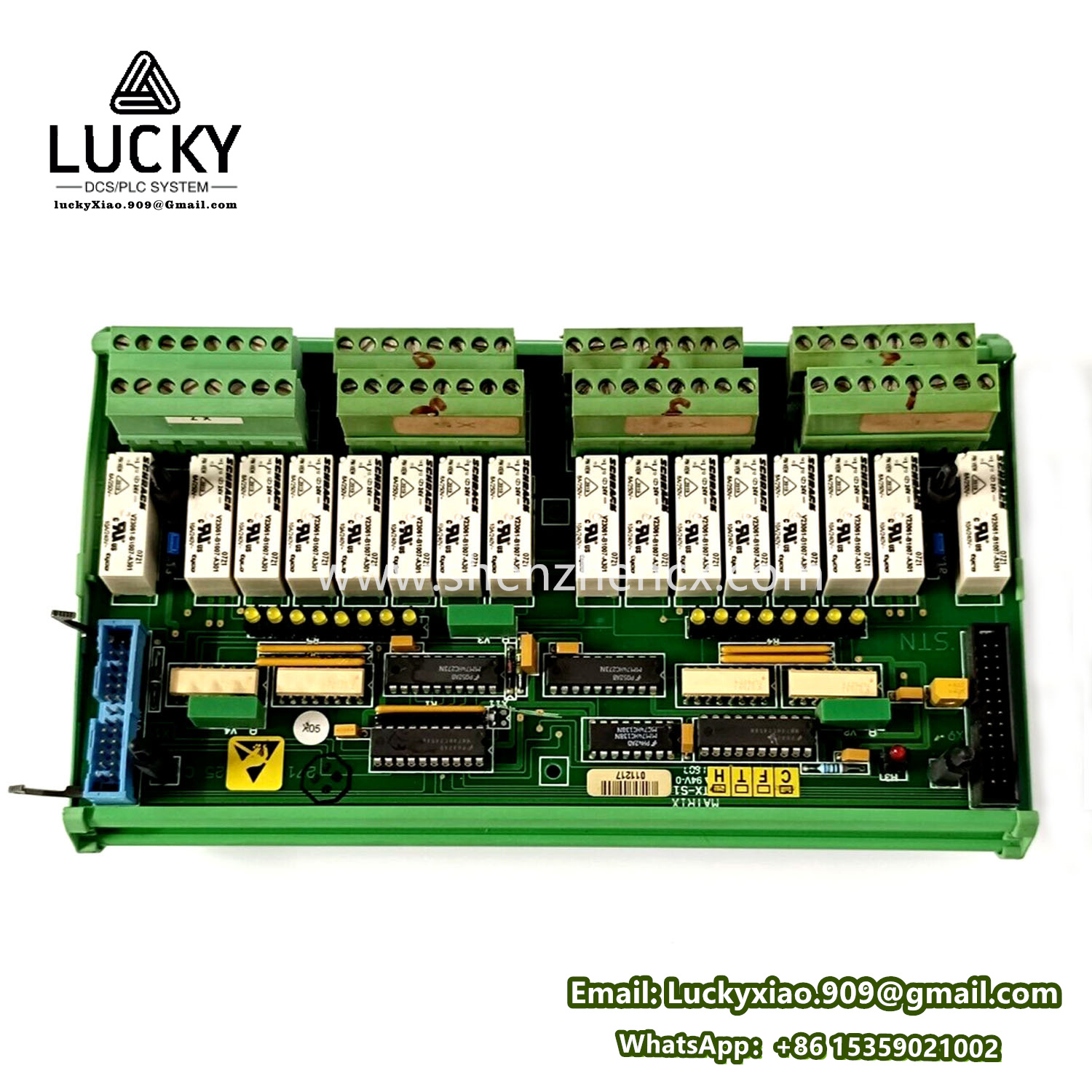
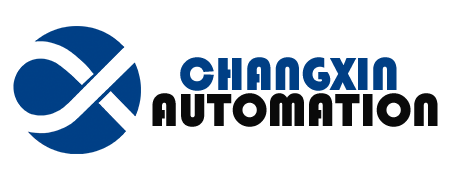
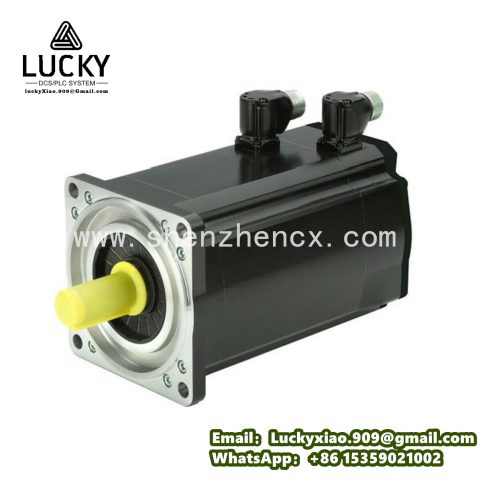
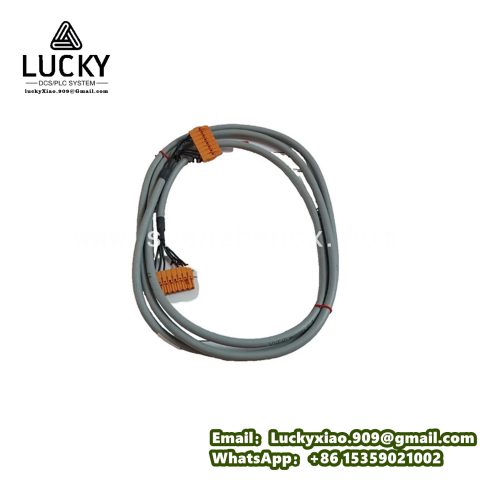
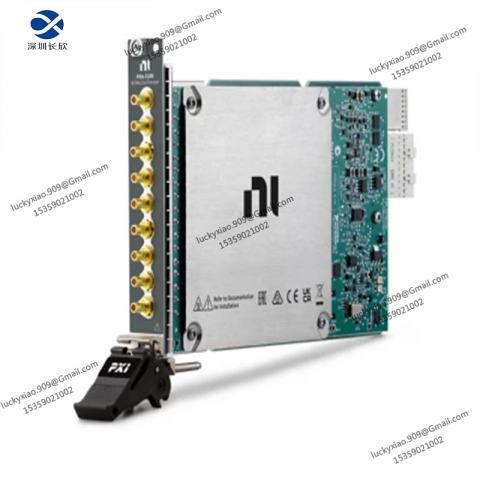
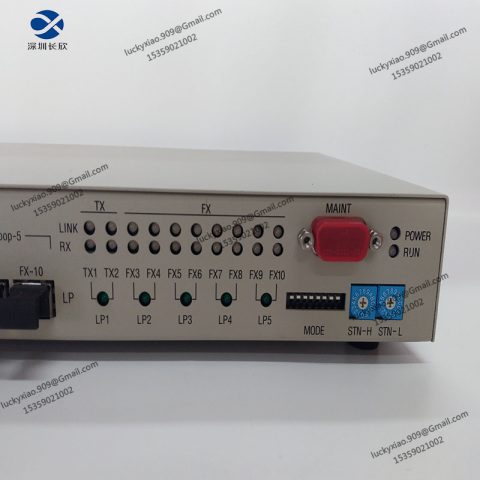
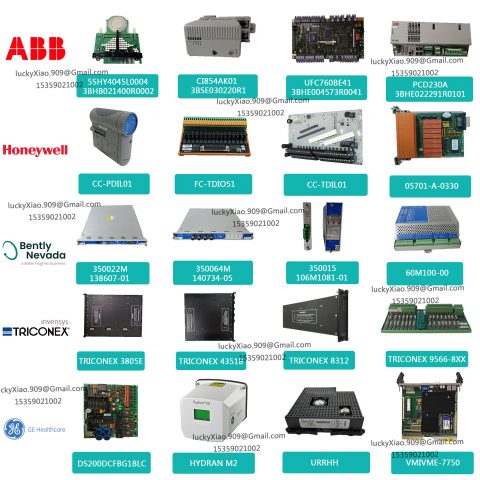
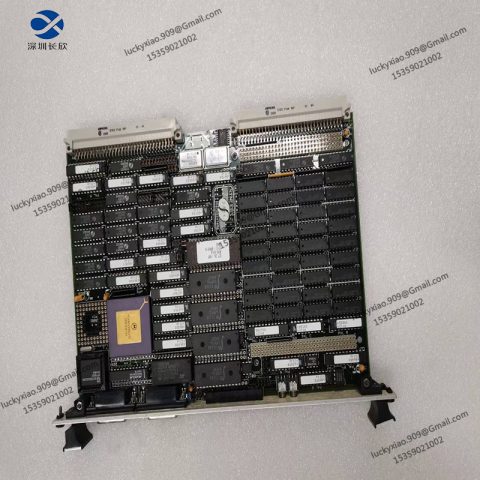
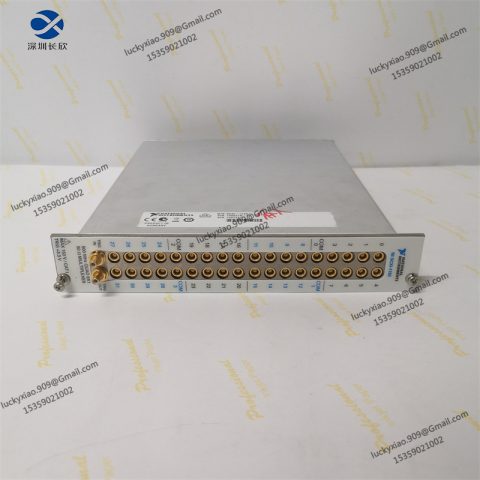
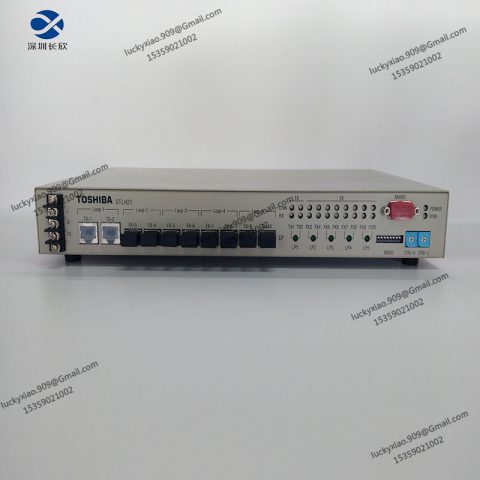
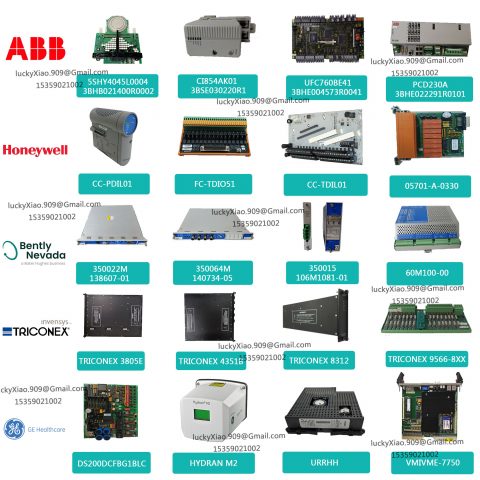
-480x480.png)
There are no reviews yet.